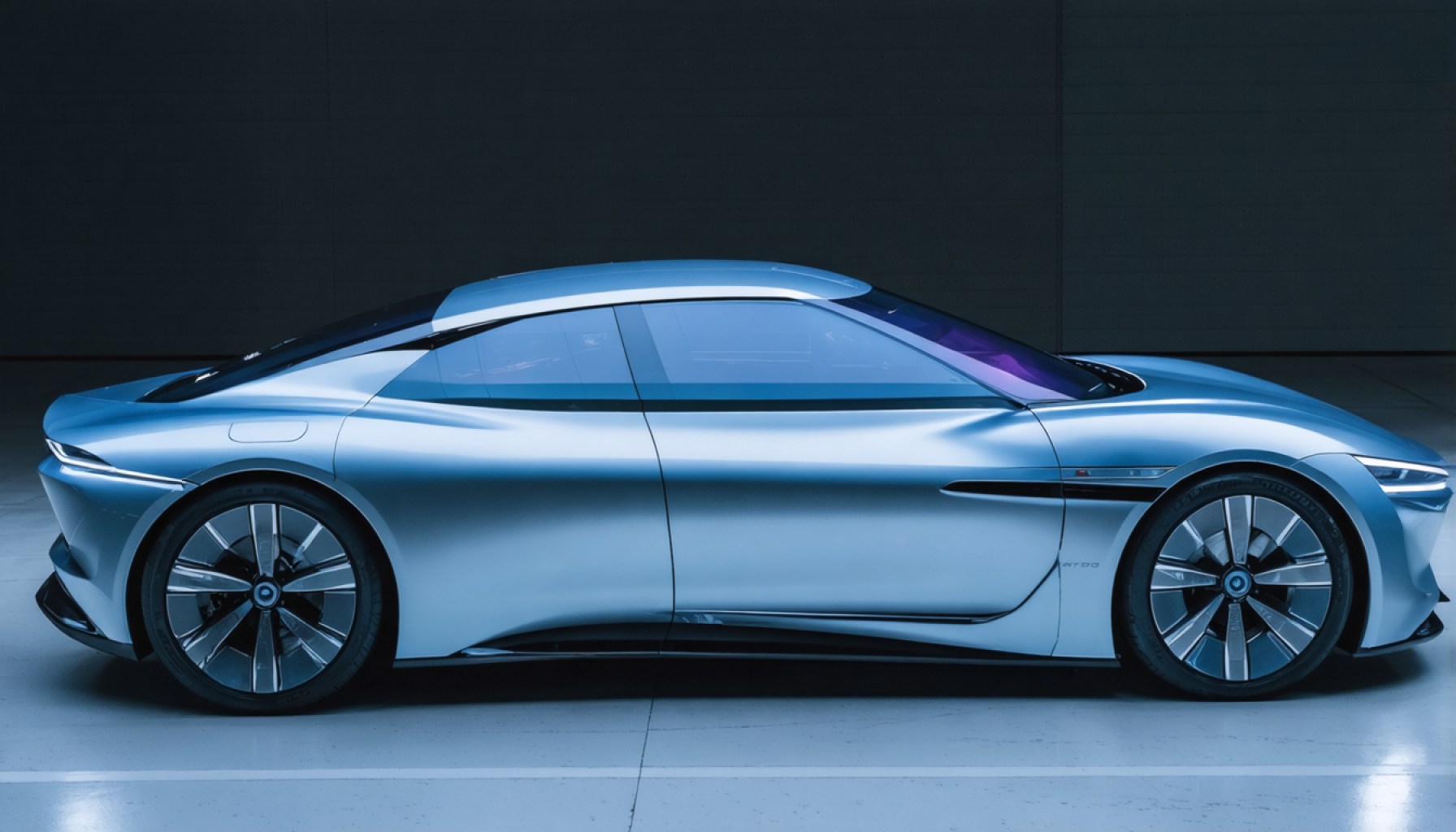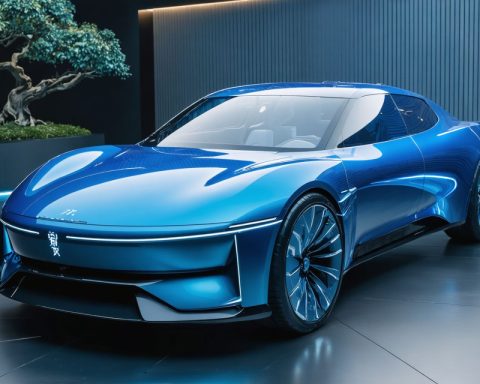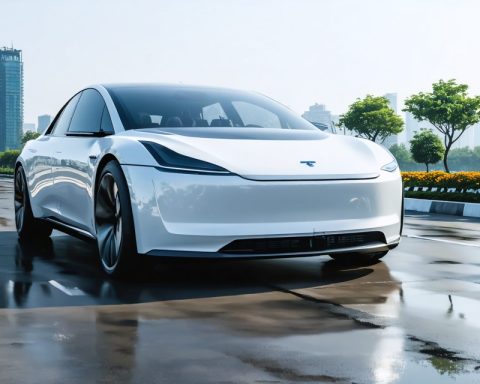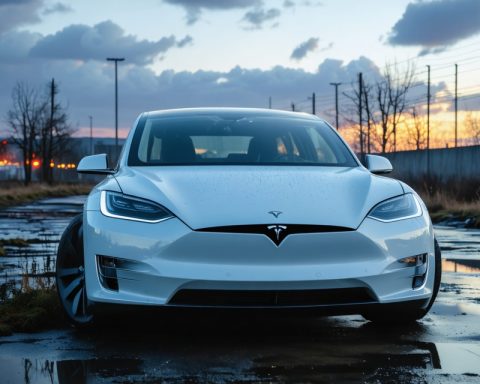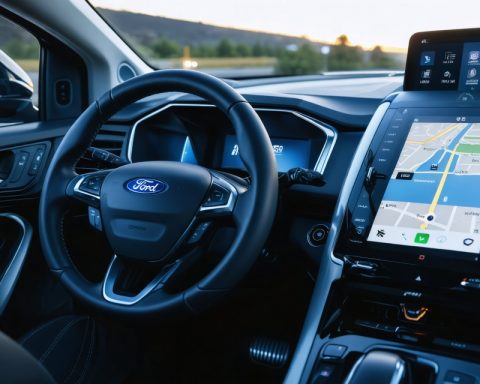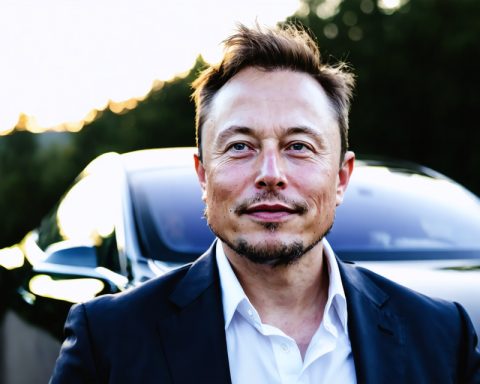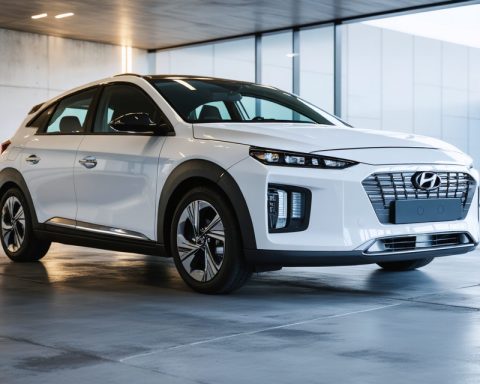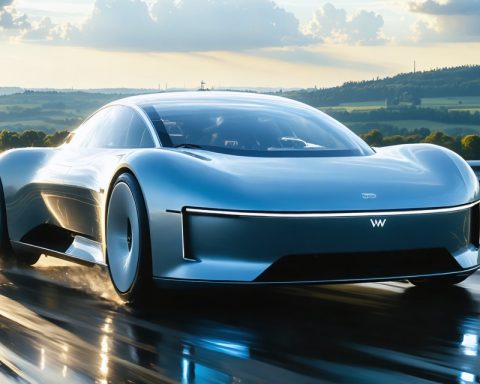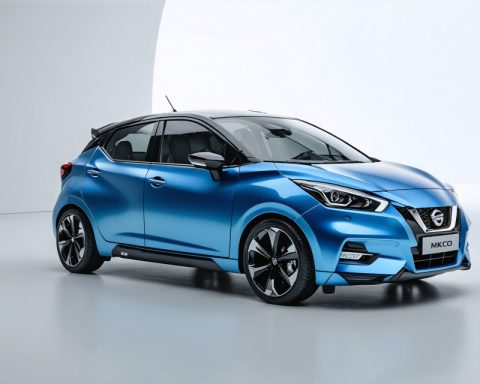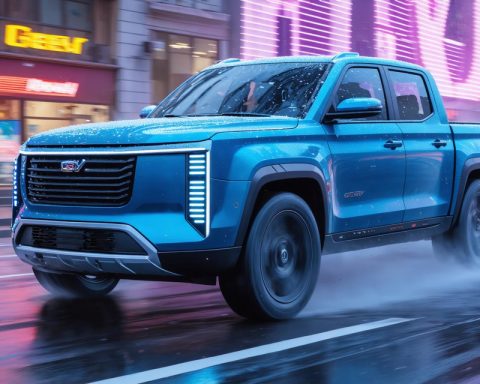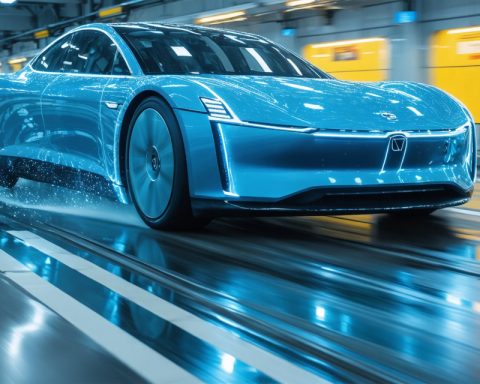- Nio, a leading Chinese EV brand, leverages its innovative battery-as-a-service (BaaS) model to tackle slow charging times, offering quick battery swaps.
- Although promising, the BaaS model demands significant investment, with profitability expected by 2026 as vehicle sales rise.
- Despite leading a strong EV market position in China, intense local competition affects Nio’s profit margins.
- Nio’s revenue increased by 16% year over year to $9.1 billion, but the company still reports financial losses.
- CEO William Li aims for profitability by late 2025 through cost-cutting and restructuring, amidst challenging geopolitical factors.
- Nio’s stock offers a lower trading ratio compared to Tesla, presenting a risky yet potentially rewarding investment.
- Investors should stay vigilant, balancing innovation prospects against economic challenges in the evolving EV market.
The fiercely competitive landscape of the electric vehicle (EV) market is not for the faint of heart, and Nio—China’s ambitious EV upstart—is testing this resilient ethos as it navigates challenges and opportunities on its quest for sustainability and expansion. As China’s fifth-largest pure EV brand, Nio is pioneering a unique path with innovative strategies, such as its cutting-edge battery-as-a-service (BaaS) model, but it still grapples with the vicissitudes of international trade tensions and internal market pressures.
Electrifying Innovation
Founded in 2014, Nio has quickly distinguished itself in a rapidly growing market by providing an alternative answer to a common EV stumbling block: slow charging times. Its battery swap business allows drivers to bypass prolonged stops at charging stations. In a synchronized ballet of technology and mechanics, Nio’s battery swap stations allow depleted batteries to be exchanged for fully-charged ones in a mere five minutes. Imagine your car silently gliding into a sleek station, robotic arms deftly maneuvering the heavy battery out and slotting in a new one while you remain ensconced in your seat, all within the span it takes to savor an espresso.
The adaptability of this service cannot be overstated. As battery technology evolves, so too can the batteries you use, without the need for an entirely new car. From 75 kWh to 150 kWh, Nio anticipates evolving consumer needs, asserting an edge over competitors with stagnant offerings. However, this cutting-edge service requires hefty upfront investments, from expansive inventory and infrastructure to continuous maintenance. Nevertheless, analysts predict this forward-thinking segment could break even by 2026, driven by increasing vehicle sales.
The Roadblocks Ahead
Riding high on a record year where the company delivered 221,970 vehicles, Nio secured an impressive 40% market share in China for EVs priced above RMB 300,000. Nevertheless, the competitive pricing wars among Chinese EV makers batter down margins, threatening the economic stability underpinning further innovation. Despite a promising leap in revenue to $9.1 billion—a 16% increase year over year—Nio is yet to exit the financial red and posted a negative earnings per share of $1.53 recently.
Founder and CEO William Li’s optimism that profitability will be achieved by the fourth quarter of 2025 hinges on cost reduction and restructuring strategies. However, negative public sentiment and unforeseen sales slumps, particularly affecting the Onvo brand, may impede their progress. Factor in the geopolitical landscape—average U.S. tariffs on Chinese EVs now standing at a formidable 100% thanks to lingering political conflicts—and the road ahead becomes even more daunting.
The Investment Puzzle
For investors, Nio presents a curious case. It trades at a tantalizing fraction of its sales—approximately 0.99 times—especially compared to industry titan Tesla’s ratio of 9.95 times. Nio’s current stock price, a far cry from its former glory days, invites a cautious delve. Yet, without a clear path to immediate profitability and the pall of macroeconomic challenges, Nio remains a high-stakes proposition.
As Nio engineers a future that aims to blend innovation with improved financial performance, prospective investors must weigh the allure of a potential turnaround against the uncertainty of its trajectory. The takeaway? Invest with an eye on the horizon—where both challenges and opportunities form the ever-evolving landscape of the electric highway.
Nio’s Pioneering Path in the Electric Vehicle Market: Challenges and Innovations
Unraveling Nio’s Business Model
Nio Inc., founded in 2014, is redefining the electric vehicle (EV) landscape with its innovative Battery-as-a-Service (BaaS) model. This approach allows customers to purchase vehicles at a reduced cost minus the battery, and then subscribe to a battery service, enabling flexibility and cost-effectiveness. The BaaS model offers several benefits, including:
– Cost Savings: By separating the battery cost from the vehicle, consumers experience a lower purchase price and can upgrade batteries as technology improves.
– Convenience: Battery-swapping stations complete the replacement within five minutes, alleviating the common inconvenience of charging time.
– Sustainability: Efficient battery usage extends battery life and replaces older technology, contributing to sustainability efforts.
However, challenges such as steep infrastructure expenses and the need to scale battery swap stations remain. Analysts propose that strategic global expansion and collaborations could mitigate these hurdles, potentially leading to profitability by 2026 (Forbes).
Nio in the Competitive EV Market
Nio’s market share and growth are impressive, holding 40% of the Chinese EV market for vehicles priced above RMB 300,000. Despite their achievements, they face intense competition and pricing wars, primarily from fellow Chinese manufacturers and global players like Tesla and BYD. The geopolitical tension affecting trade, particularly with high U.S. tariffs on Chinese EVs, adds complexity to international endeavors.
Market Forecasts and Industry Trends
1. Expansion in Europe and Beyond: Nio’s entrance into European markets aligns with global EV growth trends. The rising demand for zero-emission vehicles presents an opportunity for Nio’s expansion strategy, especially in countries supportive of green energy initiatives.
2. Technological Advancements: Investment in autonomous driving technology and in-vehicle AI systems could differentiate Nio from other EV makers and add value to their offerings.
3. Sustainability Focus: Environmental concerns and governmental policies promoting green vehicles are likely to boost the EV sector. Nio’s commitment to battery lifecycle management and partnerships for renewable energy usage align with this trend.
Investing in Nio: Risks and Opportunities
For potential investors, Nio represents both high risk and high reward:
– Pros: Innovative BaaS model, dominance in luxury EV sector in China, potential for global market penetration.
– Cons: Persistent unprofitability, geopolitical trade barriers, market volatility.
Actionable Recommendations
For those considering investing in Nio or its vehicles, here are a few tips:
1. Analyze Market Trends: Stay updated on EV market dynamics and regulatory changes, particularly those affecting trade and tariffs.
2. Consider Long-Term Potential: Innovations and market strategies suggest a promising outlook, but patience is required for potential returns.
3. Leverage Government Incentives: In markets supporting EV adoption with incentives, Nio vehicles can offer significant cost savings.
4. Follow Technological Developments: Watch Nio’s progress in AI and autonomous driving, as advancements could significantly impact their market position.
By keeping a close watch on these factors, stakeholders can make informed decisions aligned with their investment strategies or consumer preferences. To explore more about EV innovation, you may visit the Nio Official Website for the latest updates directly from the company.
